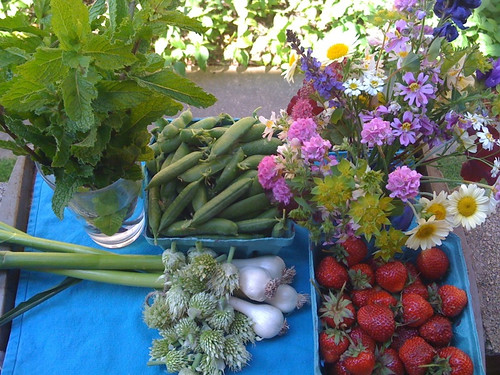It’s winter break at RIT so I finally have a chance to write a post on what my design-thinking students are up to. This quarter, which began just after Thanksgiving, we started with a broad question: “How do we enhance the local food economy in the winter months?” There are many stakeholders to consider with this question. So we went out into the field and observed some of them, specifically farmers and customers at winter markets.
For a lot of the students, this was their first experience at a winter market, which is not surprising because there aren’t many of them to go to. And while the students can articulate many of the economic and social benefits of buying from local producers, the observations they made tell me that they aren’t quite convinced: “The market feels cliquey,” “The carrots were dirty,” “Maple syrup is way more expensive than syrup from the store,” were some of the sentiments they expressed.
Now, a foodie like me could easily feel disheartened by these comments and, in fact, if I had heard them a few years ago they would have depressed me. But today they inspire me. They inspire me to ask a new question: “How do we make local food more appealing to well-meaning skeptics?” Well-meaning skeptics. That’s who these students are and I suspect that there are many more out there in the population. They want to buy local, but they’re not too excited about shopping at obscure winter markets held in secret locations. Make it a little more familiar, they cry--make it a little easier for me and I’ll bite.
On an Diffusion of Innovation curve, the people who willingly go to the farmers markets are called “early adopters.” They are on the cutting edge, willing to bend over backwards to get their local food. The well-meaning skeptics, on the other hand, are called the “early majority.” And it’s the early majority we’re after here. If we can design for and with them, then perhaps local food sales will reach a tipping point and flow freely into the main stream.
Got an idea on how to appeal to the early majority? Come and share it at our local food potluck on 1/17. Cheers!
















